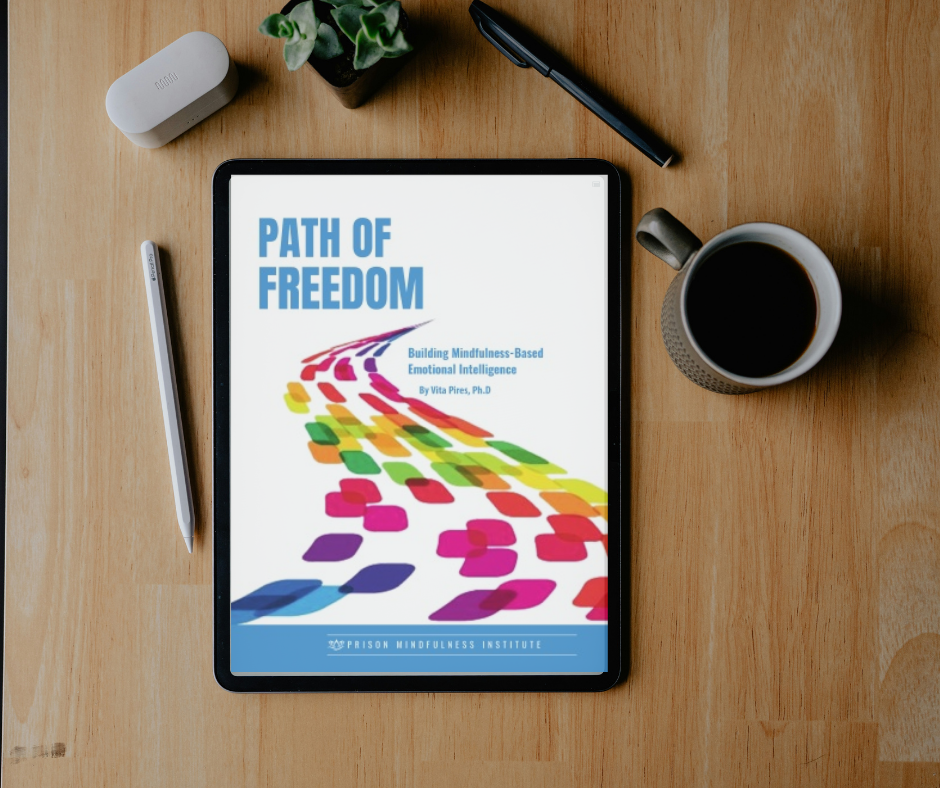Path of Freedom: Two Years and Counting
- Jun 10, 2014
- 4 min read
We met each other’s eyes for courage and pushed the last in a series of security buttons that would buzz open the door to the pod, the living space for a group of inmates at the jail in Pittsburgh. This was June 2012, our first time offering the Path of Freedom curriculum. The chaplain who directs HOPE, a faith-based pre- and post-release program to reduce recidivism, had invited us to teach as part of their ongoing series of classes, each eight weeks long.
Sixty-five men clad in red uniforms and seated in rows of blue or grey molded chairs sized us up as we stood at the front of the room. We didn’t know what to expect and neither did they. These inmates had requested the HOPE pod, as it’s called, to participate in the program that involves taking twelve classes per week, morning, afternoon and evening. The classes vary from life skills to parenting to overcoming addiction, and all have a faith component. Once they opt into this pod, they are required to show up for every class, whether they like it or not. After inmates graduate from an eight-week term, some move to other pods; others choose to remain and repeat all the classes until their release. We offered the only curriculum that didn’t have Christianity as its main reference point.
In our initial classes, some men expressed reservations about meditation based on false information they’d heard; others argued that it was anti-Christian. We spent more than a few challenging moments answering their questions and concerns. Once assured that we had no ambitions to convert them to Buddhism and that the practices we would teach could be done by people of all faiths without violating their religious beliefs, they relaxed into the class.
We also relaxed as we were treated with respect, even by the fundamentalists who were highly suspicious of our motives. One man did cover his ears when we spoke and another kept his eyes on a bible in that first term, but the attitude of the group as a whole was good. At the end of each class, a line of men would come to the front to thank us, hands outstretched for a shake, some staying around to chat about a part of the teachings or to ask a question they didn’t want to express in the large group.
When we requested feedback from the group, we were gratified to hear how much the Path of Freedom had meant to them. One man after another rose their hand to tell us what they found helpful: “the quiet time;” “focusing on breathing keeps me calm;” “it gave me balance;” “learning to be aware of triggers;” “learning about the drama triangle;” “I can use my mind to stay with the positive when I have nothing to do, rather than daydreaming on negative things.” A sixteen-year-old awaiting transfer to a juvenile facility couldn’t thank us enough for giving him a new approach to stressful thoughts that had kept him from sleeping.
Those of us teaching learned what triggers us in this environment and practiced our own path of freedom. For me, simply entering the jail with its metal detectors and locked doors, abundance of uniformed correctional officers, and the occasional rough-looking visitor waiting in the lobby brought stirrings of fear. So did facing a group of sixty-five men. I had a lifelong fear public speaking; teaching men whose crimes I may have read about in the newspaper was even harder.
We encountered an ongoing challenge in working in a jail setting – dealing with a continually changing population. Each week during the term, new students enter the HOPE pod when others leave. When we started teaching, we didn’t have the Path of Freedom workbooks for the inmates. We got by with Power Points and handouts for exercises, but with sixty-five participants, it was impossible to orient arrivals who entered part-way through the course. Now that the jail’s chaplain has a supply of workbooks to distribute to new participants, we can encourage them to read through what they’d missed. We also recommend readings to all inmates to take full advantage of the curriculum, especially since we must condense twelve lessons into eight weeks. We are grateful for the workbooks.
At the end of the first term in 2012, we exited the doors of the jail and met each other’s eyes again, this time while offering high-fives, hugs and cheers. I got over my fear of speaking to a large group, and now think more about communicating the curriculum than my butterflies. Our other teachers had their own growth experiences. In 2013, we were asked to offer the Path of Freedom in the women’s HOPE program as well. We’ve now completed two years of classes and plan to continue teaching weekly. Although it is a big commitment to keep in the midst of our busy lives, seeing an inmate’s face light up as he describes a new awareness makes the effort worthwhile.




Comments